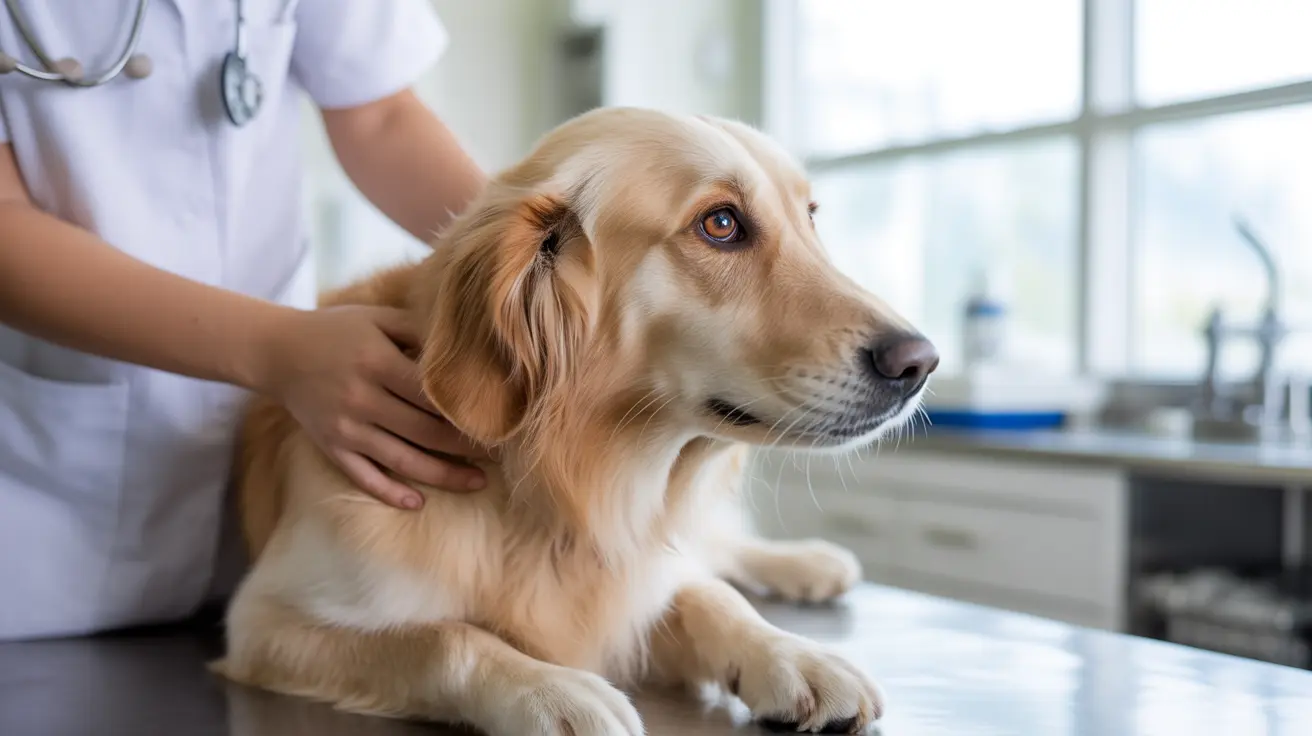Why Onions Are Dangerous for Dogs
Onions are highly toxic to dogs and should be avoided in every form—raw, cooked, powdered, or as part of processed foods. Even small amounts can cause significant harm. Let’s explore why onions pose such a threat and what you should do if your dog is exposed.
The Toxic Compound: N-propyl Disulfide
All parts of the onion plant contain a compound called N-propyl disulfide. This toxin attaches to the oxygen-carrying molecules in a dog’s red blood cells, causing them to rupture. As these damaged cells break down, the body’s ability to transport oxygen drops sharply. The immune system then destroys even more red blood cells, worsening the anemia.
Which Foods and Plants Are Risky?
- All onion plant parts: bulb, leaves, juice
- Processed forms: onion powder (especially potent), dried onions
- Related Allium family members: garlic, chives, shallots, scallions, leeks, green onions
Many processed foods—like soups and sauces—may contain onion or garlic powders. Even trace amounts in leftovers or table scraps can be harmful.
Toxic Dose: How Much Is Too Much?
The toxic dose varies by dog size and breed. As little as 0.5% of a dog’s body weight in onion can cause toxicity. For example:
- A 45-pound (20 kg) dog could be poisoned by one medium-to-large onion (about 100 grams).
Repeated small exposures add up over time; it doesn’t have to happen all at once.
Symptoms of Onion Toxicity in Dogs
- Vomiting and diarrhea
- Drooling and abdominal pain
- Lethargy and weakness
- Pale or yellow gums
- Rapid heart rate or panting
- Red or brown urine
You might also notice a distinctive onion smell on your dog’s breath or see pieces of onion in vomit or stool. Symptoms typically appear within 24–72 hours but can take several days to develop fully.
Who Is Most at Risk?
- Certain breeds: Akitas and Shiba Inus are especially sensitive.
- Dogs with pre-existing conditions: diabetes, liver disease, anemia.
- Cats are even more susceptible than dogs.
If Your Dog Eats Onion: What To Do Immediately
- Contact your veterinarian right away—even if your dog seems fine initially.
- Don’t induce vomiting unless instructed by a vet.
Your vet may recommend inducing vomiting (if ingestion was recent) and giving activated charcoal to absorb toxins. Severe cases may require intravenous fluids, oxygen therapy, or even blood transfusions. Hospitalization is sometimes necessary if anemia develops or symptoms worsen.
Diagnosis and Treatment Steps
- Your vet will review your dog’s history and symptoms.
- A blood test may show Heinz bodies—markers of red blood cell damage.
The sooner treatment begins after exposure, the better your dog’s prognosis will be. Untreated severe cases can lead to organ failure or death.
Prevention Tips: Keeping Your Dog Safe from Onions
- Avoid feeding any foods containing onions, garlic, leeks, chives, shallots—even in small amounts.
- Store onions securely out of reach; keep trash bins covered; fence off gardens with Allium plants.
If you share food with your pet (or let them scavenge leftovers), double-check ingredient lists for hidden onion content like powders in seasonings or processed snacks. Educate everyone in your household about these dangers—including guests who may not know better!
Safe Alternatives for Treats & Snacks
- Vegetables: carrots, green beans, pumpkin, peas, cucumbers (in moderation)
- Fruits: apples (seedless), bananas, blueberries—introduced slowly after research
If you’re ever unsure about a food’s safety for dogs, consult your veterinarian before offering it as a treat.
If Accidental Exposure Occurs...
- Record what was eaten and how much (if possible).
- Monitor for symptoms for up to 72 hours after exposure.
- Share all details with your veterinarian promptly.
Taking quick action makes all the difference—dogs recover best when treatment starts early. But prevention remains the most reliable way to protect your furry friend from onion toxicity.
No amount of onion is safe for dogs—always err on the side of caution!





